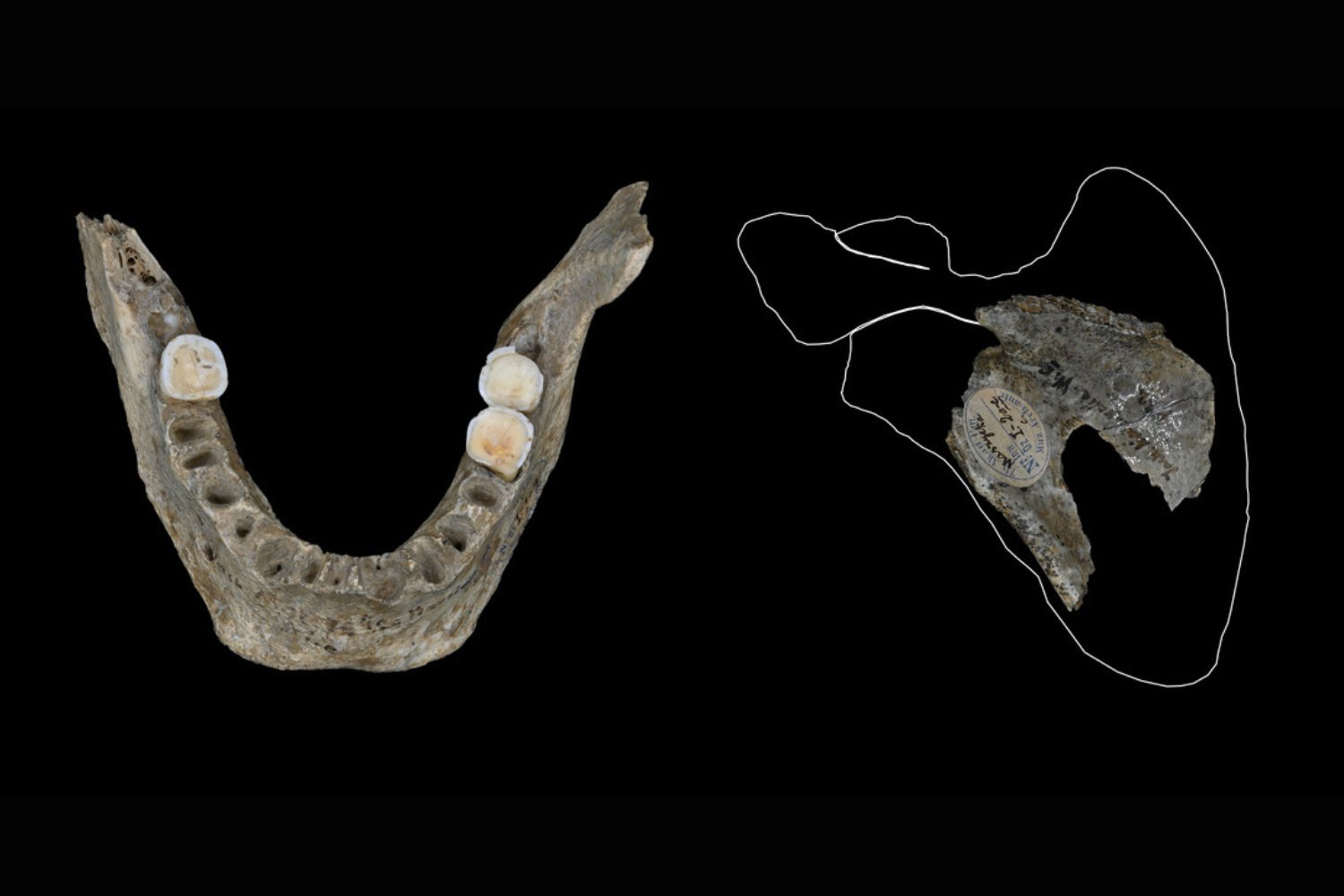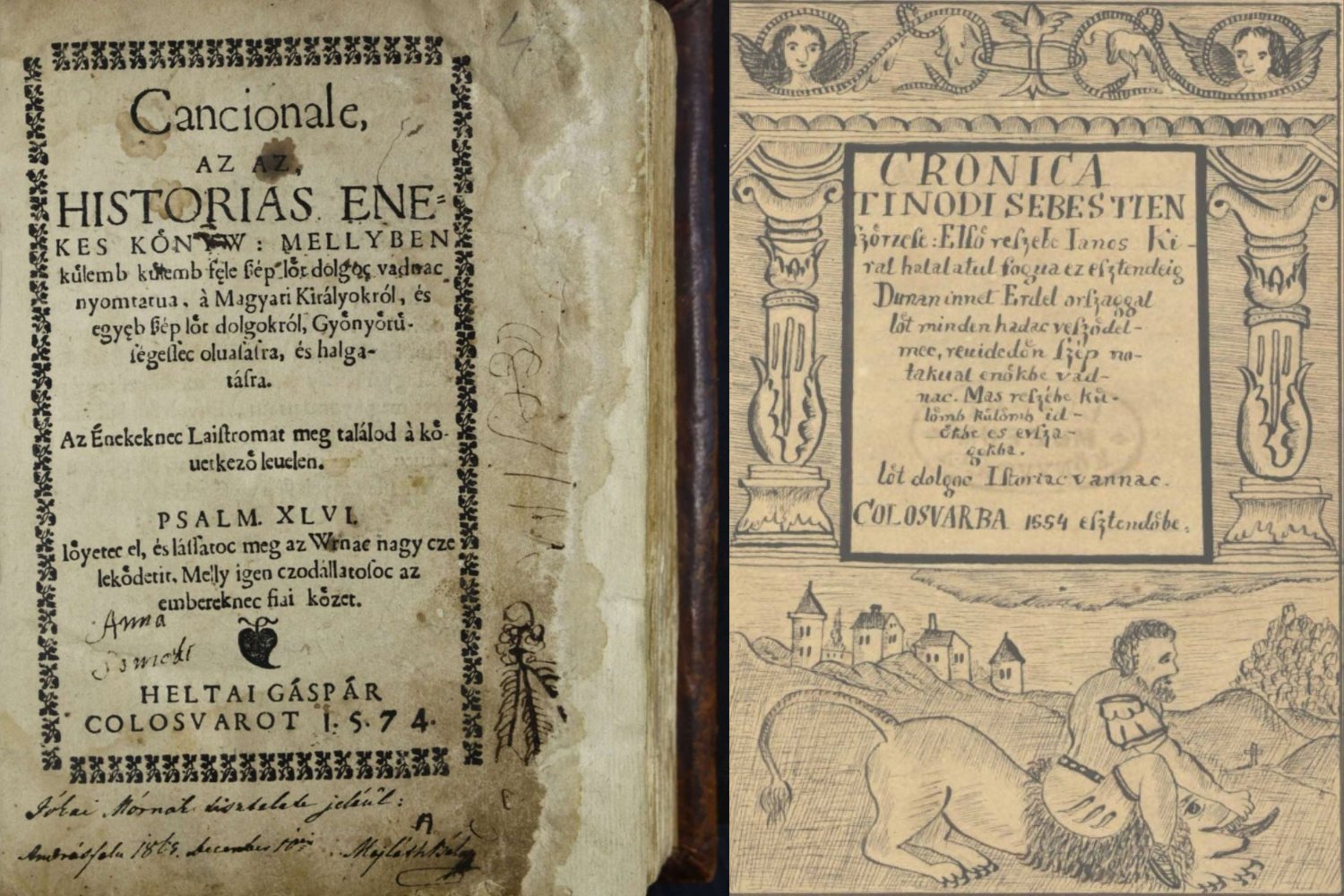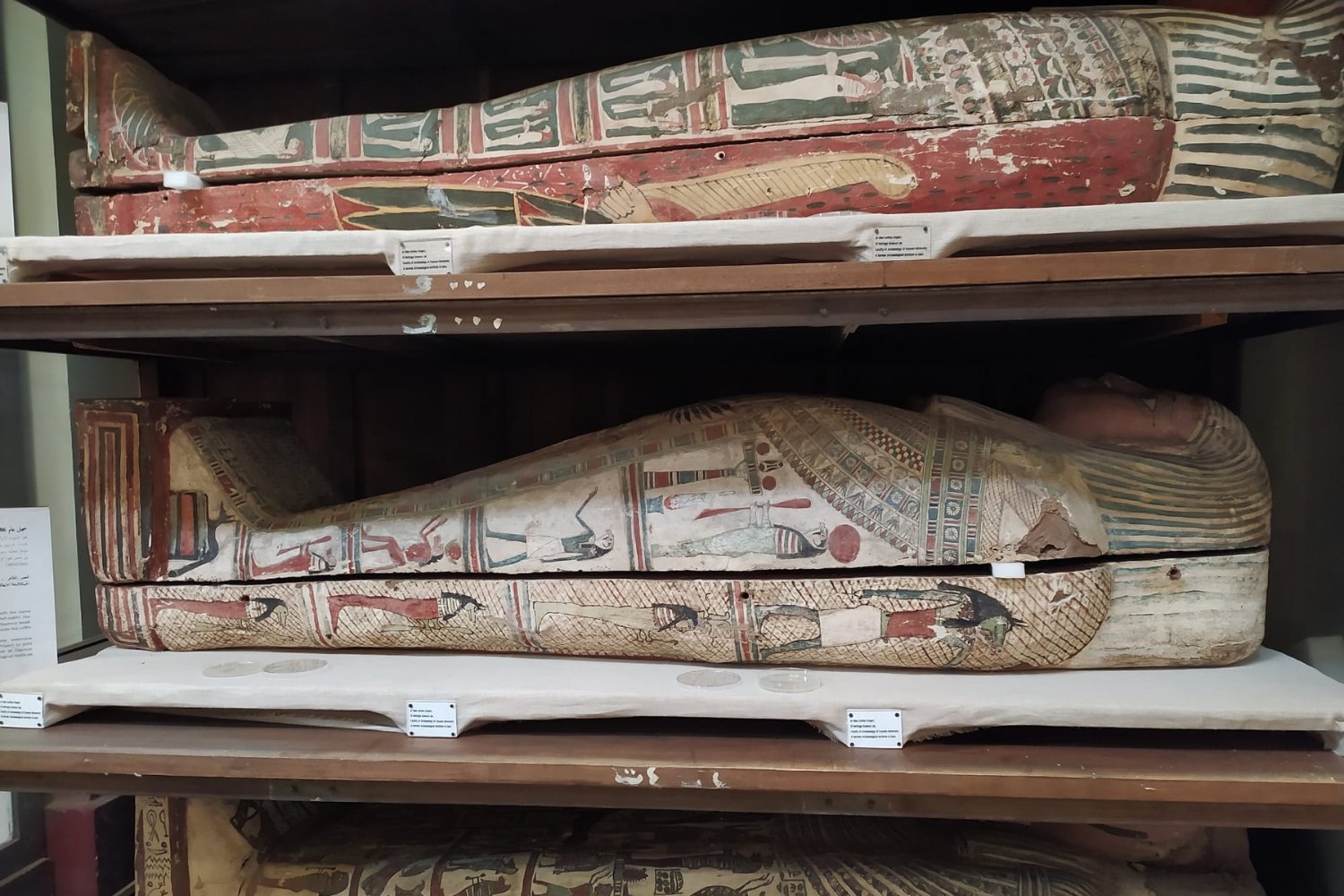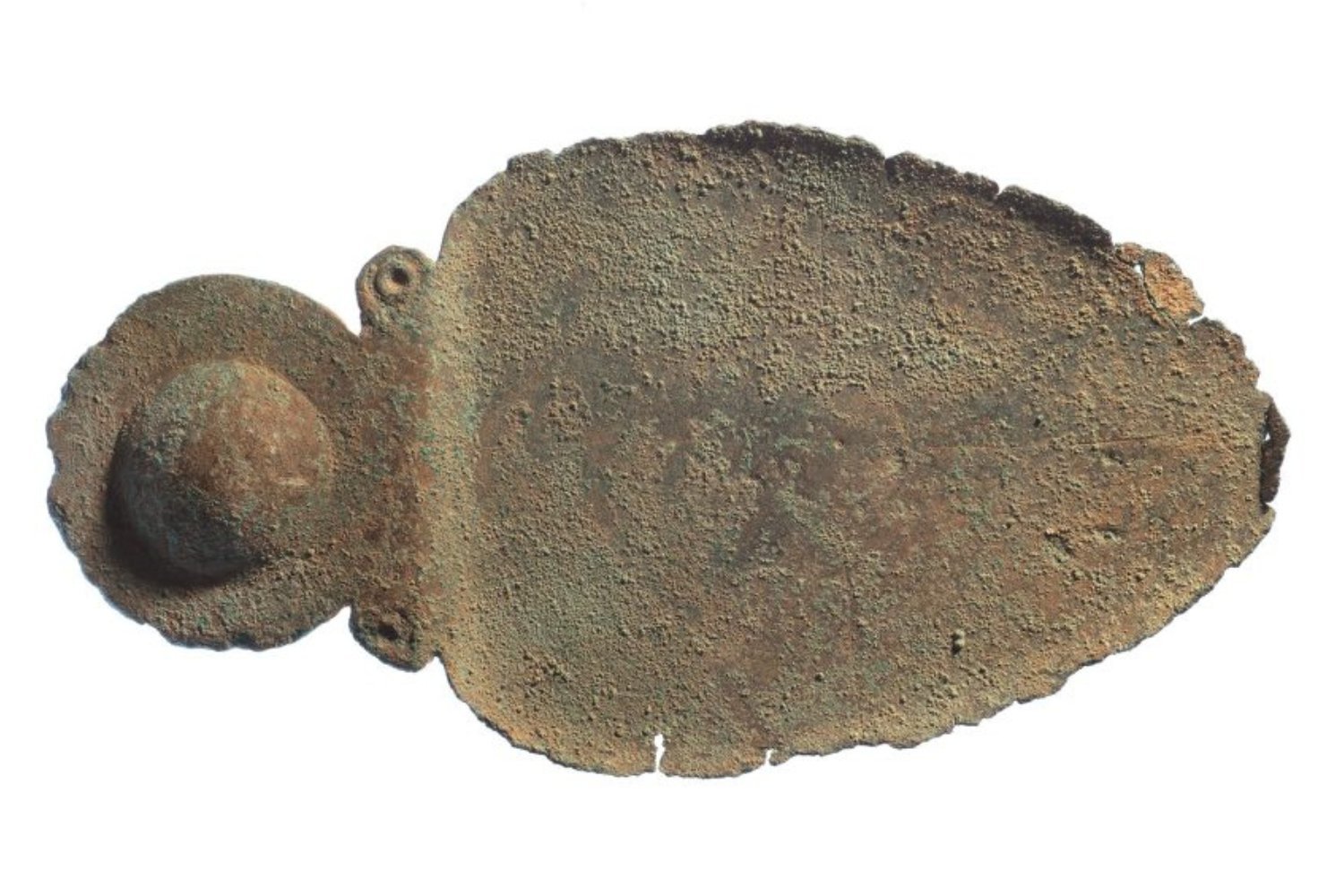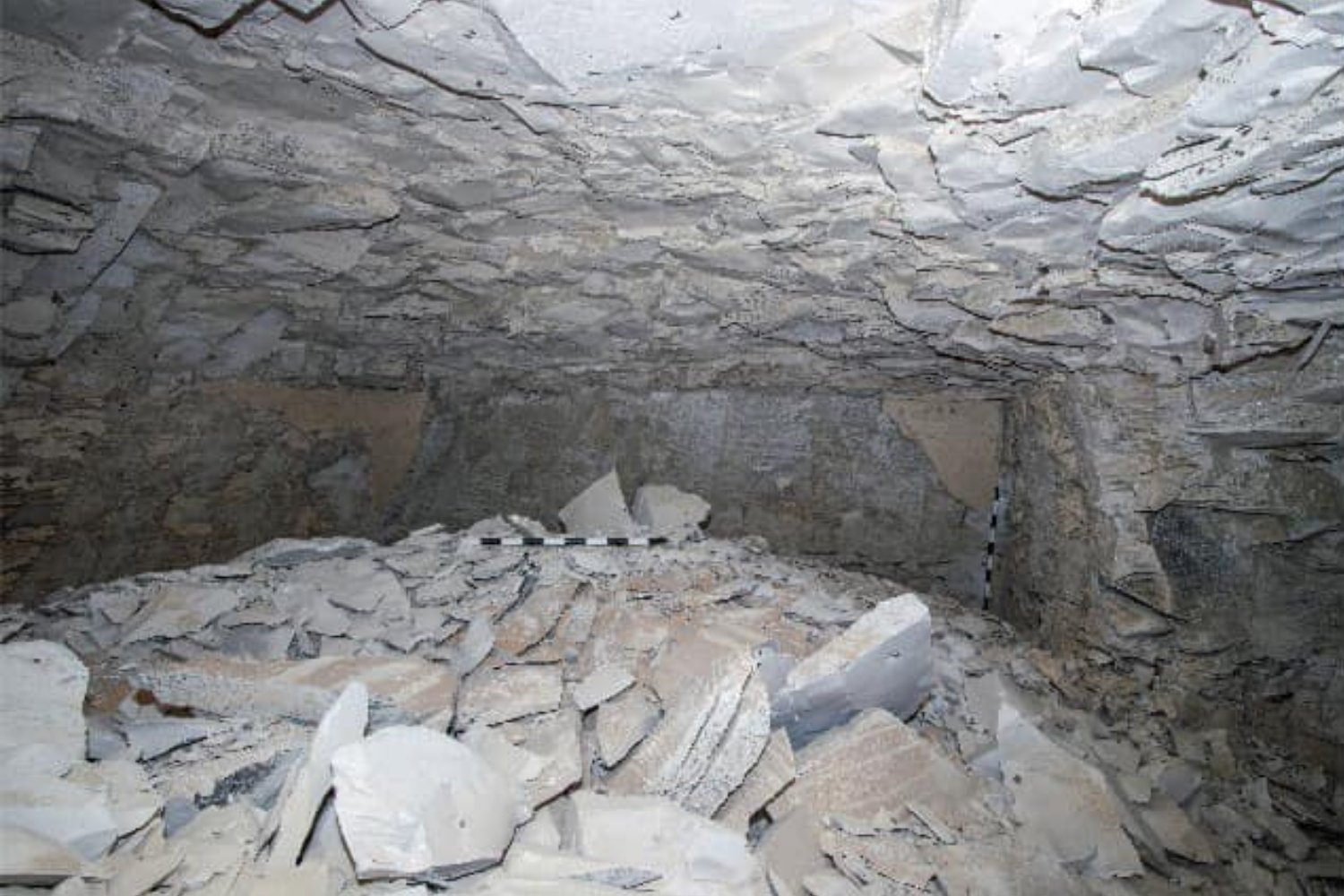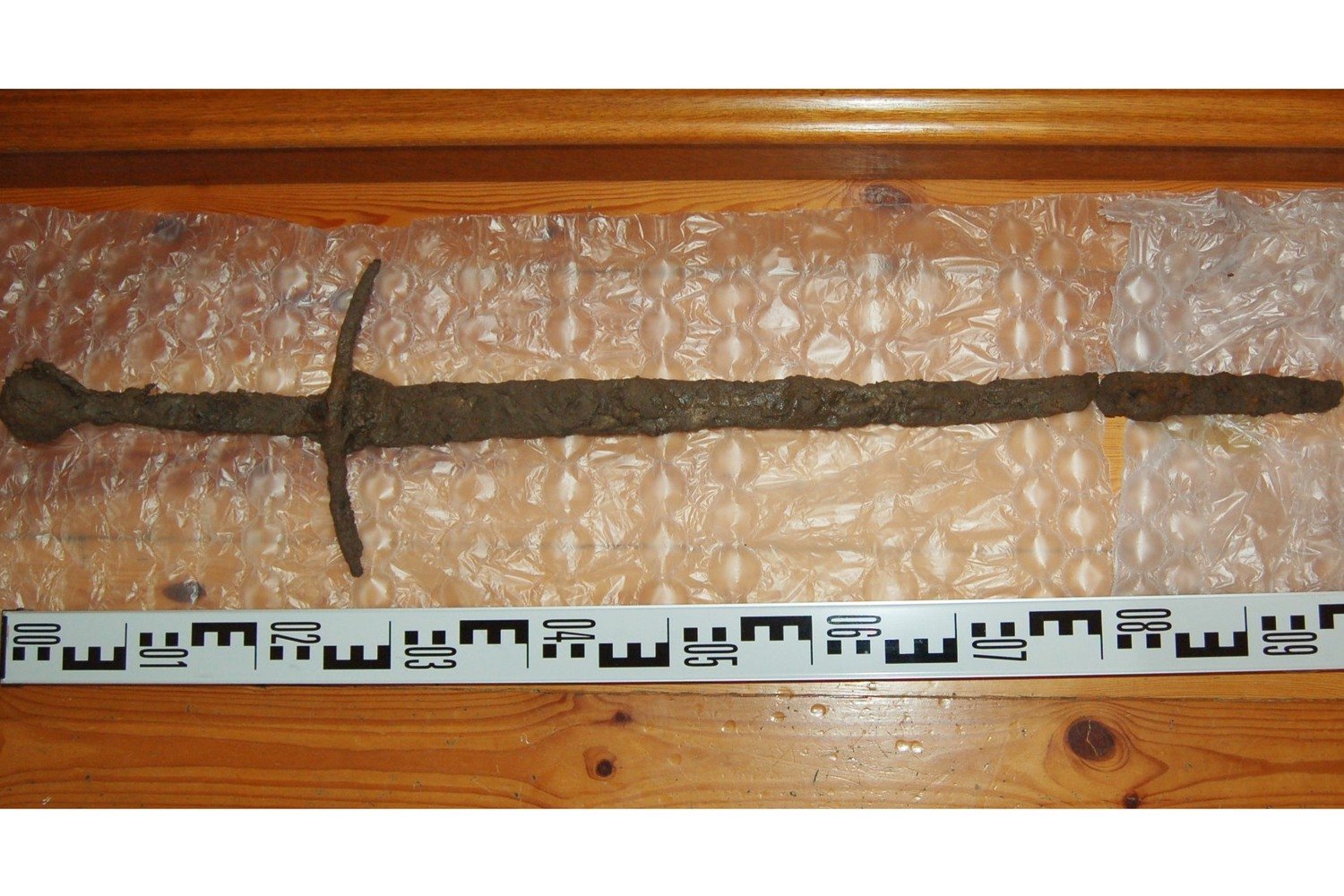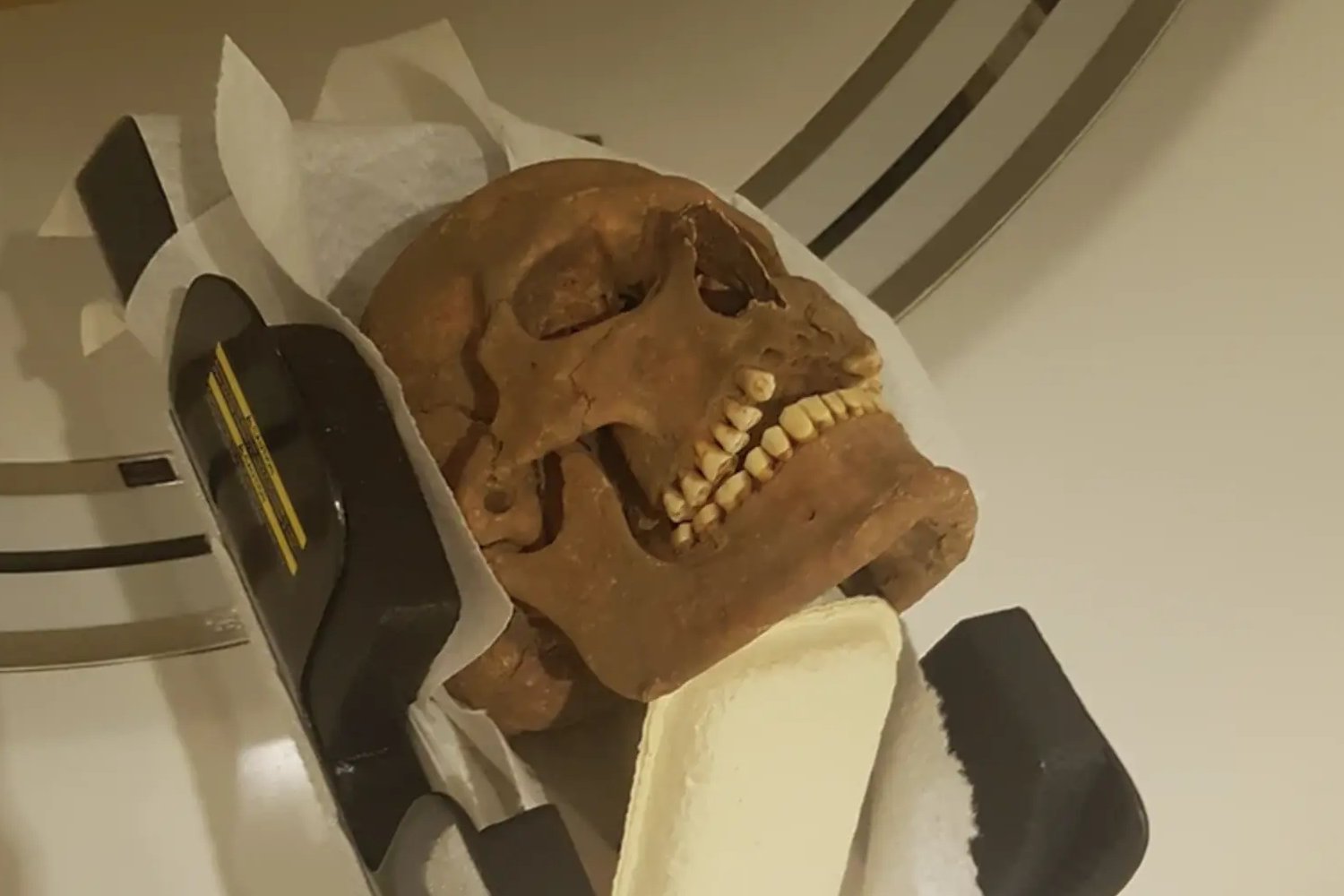The Magdalenian culture, flourishing in Europe around 18,000 years ago, is renowned for its exquisite cave art. However, recent research reveals a disturbing aspect of these prehistoric people: cannibalism. A study published in Scientific Reports details the analysis of human remains from Poland’s Maszycka Cave, providing further evidence of this practice within Magdalenian society.
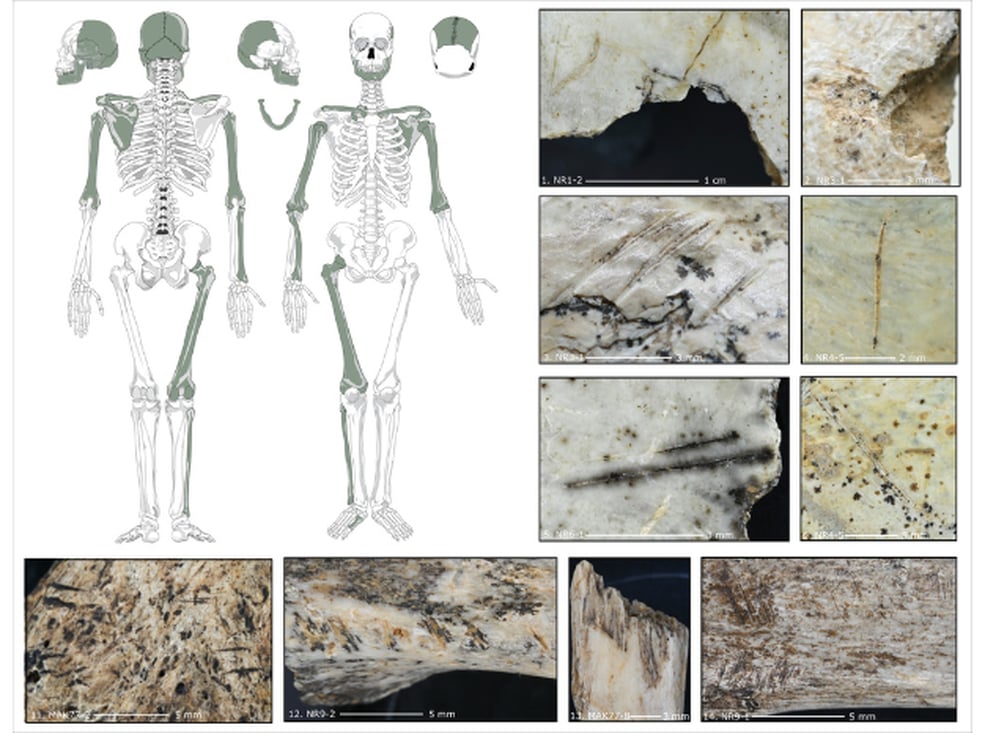 Cut marks and fractures on the bone fragments from the Maszycka cave.
Cut marks and fractures on the bone fragments from the Maszycka cave.
Researchers, led by Francesc Marginedas of the Catalan Institute of Human Paleoecology and Social Evolution (IPHES-CERCA), examined 63 human bone fragments from the cave, including skull and limb bones. Using advanced 3D microscopy, they identified signs of human manipulation on 68% of the fragments. These markings, including cut marks and intentional fractures, indicate the extraction and consumption of body parts such as muscles, brains, and bone marrow immediately after death.
The study argues against funerary practices as the cause, stating the nature and location of the modifications clearly point to nutritional exploitation. The skeletal remains were also found amongst the bones of other consumed animals, strengthening the cannibalism theory. The Magdalenians systematically scalped and defleshed heads, fracturing skulls to access brains and splitting limb bones like femurs and humeri to extract marrow.
Maszycka Cave isn’t an isolated case. Five Magdalenian sites across Europe now bear witness to cannibalistic practices. This raises the question: why? Several theories exist, encompassing both survival needs and complex ritualistic or intergroup conflict dynamics.
3D reconstruction of Maszycka fragments indicating human modification for cannibalism
The Magdalenian period followed the last glacial maximum, the coldest point of the last ice age. Milder temperatures in Europe likely led to population growth, more settled lifestyles, increased competition for resources, and greater potential for conflict. Researchers suggest some conflicts may have escalated to cannibalism.
Whether the consumed individuals were enemies or the deceased from within their own groups, the accumulating archaeological evidence indicates that cannibalism during the Magdalenian period was not an isolated occurrence, but a recurring cultural practice. The motivations behind these acts remain a subject of ongoing investigation, adding another layer of complexity to our understanding of these prehistoric Europeans.



